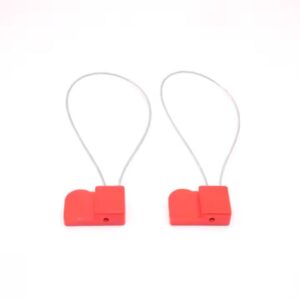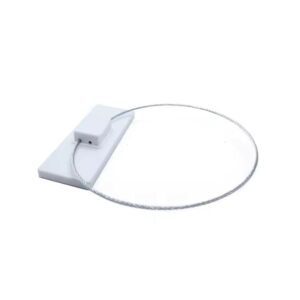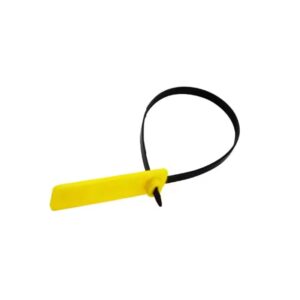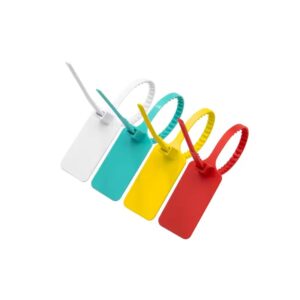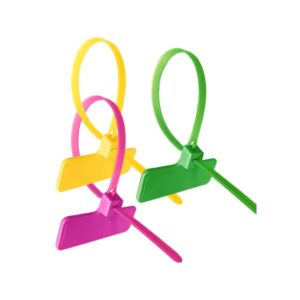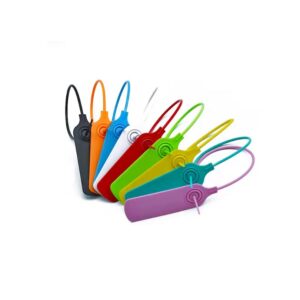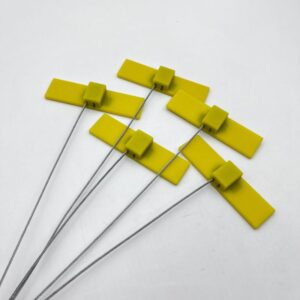RFID Seal Tags for Container
Customized security and tracking RFID solutions for every container logistics operation.
- Home
- Detailed RFID Seal Solution for Container Logistics
Detailed RFID Seal Tags Solution for Container Logistics
In global shipping logistics, particularly in intercontinental container transport, securing and accurately tracking cargo is essential. Recognizing the limitations of traditional mechanical seals—which only reveal breaches upon container arrival—a major European shipping company implemented advanced RFID seal tags, specifically RFID Cable Tags, for container shipments from Rotterdam to Southeast Asia. This comprehensive RFID Seal solution notably improved security, enhanced traceability, and streamlined logistics processes.
Introduction to RFID Seal Tags
RFID seals, also known as RFID cable tags, integrate robust mechanical locking with embedded RFID technology. Each RFID seal tag contains an RFID chip programmed with a unique identification number, allowing each container to be uniquely identified and monitored electronically during transit. The RFID seal tags provide real-time visibility, immediate detection of irregularities, and seamless integration with logistics management systems.
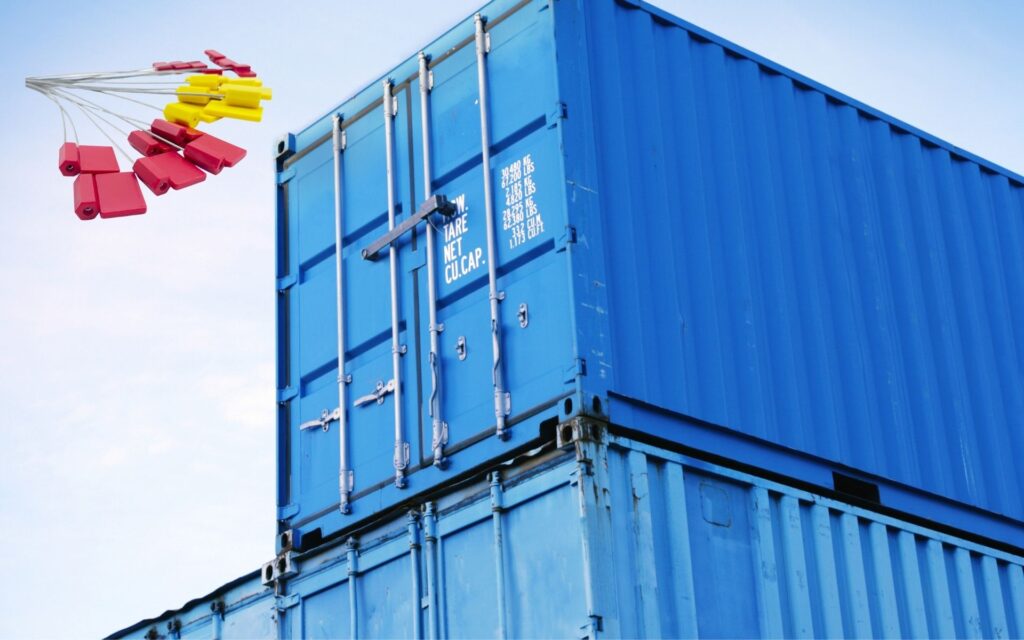
RFID Seal Tags Step-by-Step Usage Process
1.Pre-Transportation RFID Seal Tag Programming
Before transportation, each RFID seal tag is programmed with a unique identification code that includes the container ID, shipment details, and port information. These programmed RFID cable tags are registered in a centralized logistics database accessible to authorized personnel throughout the shipping journey.
2.Attaching RFID Seals to Containers
Each disposable RFID seal tag is securely fastened to the container’s rear locking mechanism. The RFID cable tag’s strong locking design prevents removal without visible tampering or damage, enabling immediate visual and electronic verification of unauthorized access.
3.Initial Verification and Departure Scanning
At Rotterdam, each container’s RFID seal tag is scanned using handheld RFID readers or stationary scanners at shipping terminals. This initial scan confirms the RFID seal’s proper attachment, establishing a secure baseline before the journey begins. Scanned data synchronizes automatically with the central database.
4.Intermediate Checkpoints and Real-Time Monitoring
Containers pass through intermediate checkpoints during transportation, where logistics personnel use handheld RFID readers to verify each container’s RFID seal quickly. RFID technology enables inspections without physically opening containers, minimizing delays. Any detected anomalies trigger immediate database alerts, prompting swift corrective actions.
5.Final Arrival and Verification
Once the container arrives in Southeast Asia, it undergoes a final scan of the RFID seal tag. RFID cable Tags are cross-verified with central shipment records, confirming container integrity and security during transportation. The verified data completes the container’s safe transportation record.
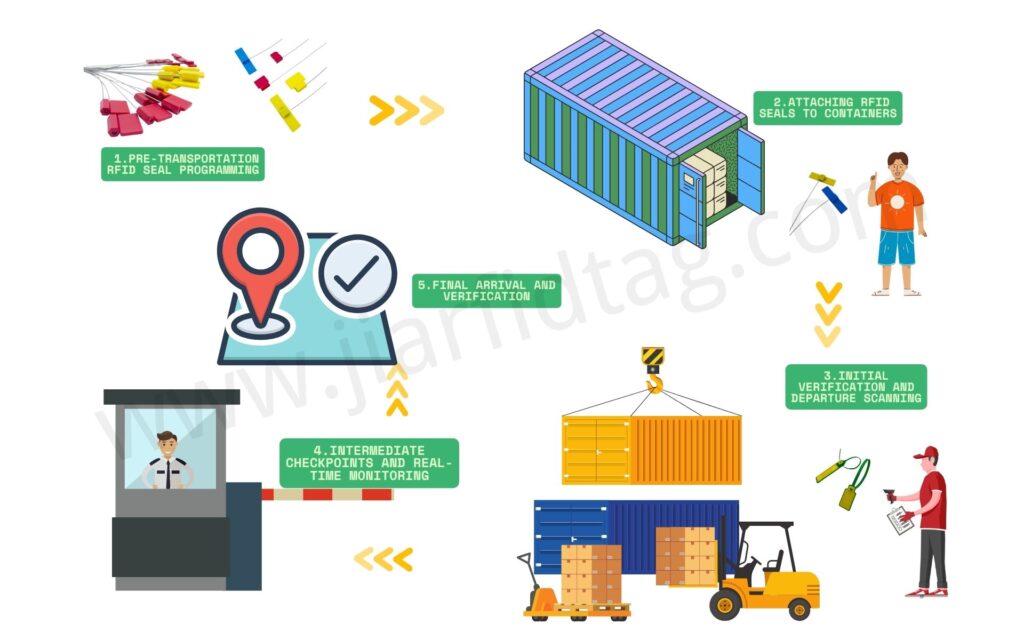
Advantages of RFID Seals in Container Logistics
- Enhanced Security: RFID Seal tags significantly reduce security risks through continuous monitoring and immediate identification of tampering.
- Improved Efficiency: Rapid RFID scanning expedites inspection processes, reducing transit delays and accelerating customs clearance.
- Reduced Errors: Automated RFID scanning reduces human errors in container tracking, ensuring accurate and reliable records.
- Comprehensive Traceability: RFID scans create detailed electronic audit trails, facilitating robust compliance and reporting.
Operational Outcomes and Customer Impact
By deploying RFID Seals, specifically RFID Cable Tags, the European shipping company has achieved significant operational improvements. Security incidents dropped significantly, inspection errors reduced, and supply chain efficiency improved. Customers benefited from reliable and prompt deliveries, increased satisfaction, and a higher volume of repeat orders. These improvements significantly enhanced the company’s market reputation and profitability.
Choose the Right RFID Seal for Your Containers
All RFID Seals (also known as RFID Cable Tags) are custom-programmed to your shipment details and encoded with a unique ID that works seamlessly with any logistics management system.
Don’t see exactly what you need? I’m here to design and build the perfect RFID Seal solution for you. Talk to our product team today.

